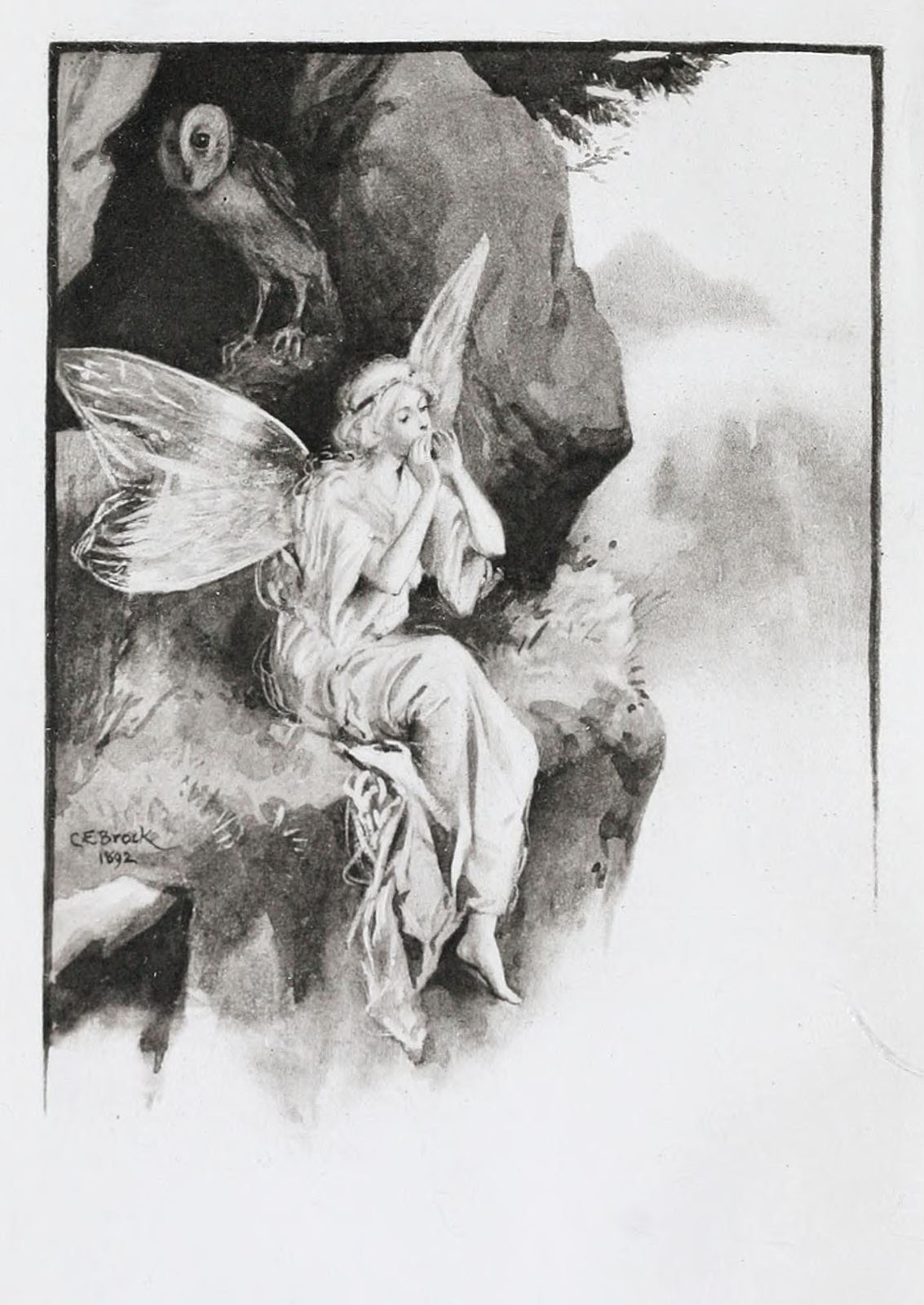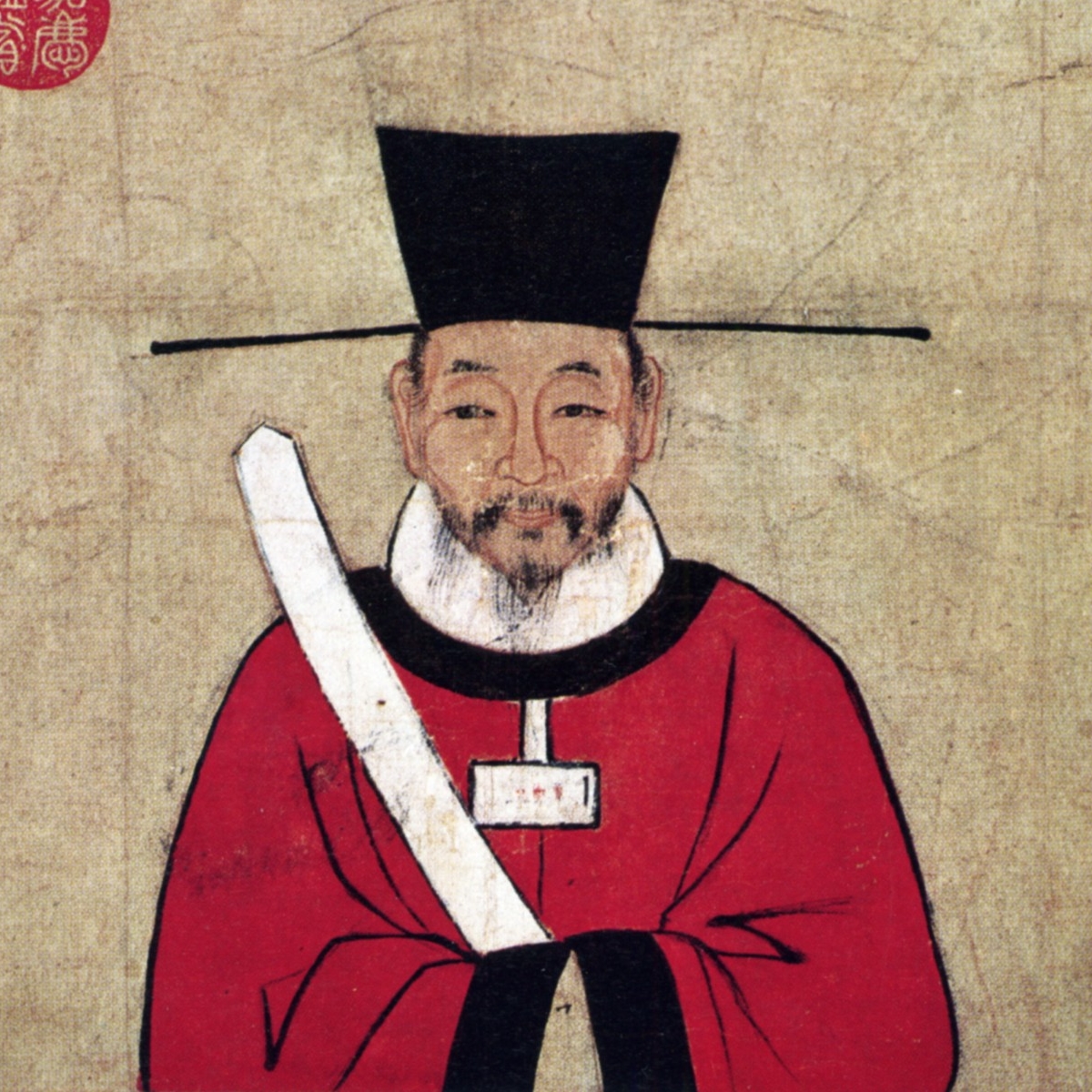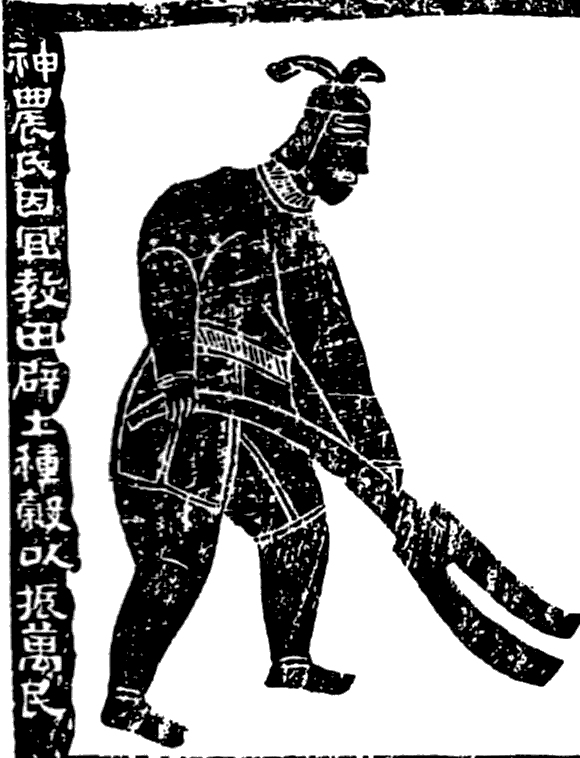|
أ‚u Cئ،
أ‚u Cئ، (chل»¯ Hأ،n: 甌ه§¬; ) was, according to the creation myth of the Vietnamese people, an immortal mountain snow goddess who married Lل؛،c Long Quأ¢n (), and bore an egg sac that hatched a hundred children known collectively as Bأ،ch Viل»‡t, ancestors to the Vietnamese people. أ‚u Cئ، is often honored as the mother of Vietnamese civilization. Mythology أ‚u Cئ، was a beautiful young tiأھn (immortal) who lived high in the snow-capped mountains. She traveled to help those who suffered from illnesses since she was very skillful in medicine and had a sympathetic heart. One day, a monster suddenly appeared before her while she was on her travels. It frightened her, so she transformed into a crane to fly away. Lل؛،c Long Quأ¢n, the dragon king from the sea, passed by and saw the crane in danger. He grabbed a nearby rock and killed the monster with it. When أ‚u Cئ، stopped flying to see the very person that saved her, she turned back into a '' tiأھn (immortal)'' and instantly ... [...More Info...] [...Related Items...] OR: [Wikipedia] [Google] [Baidu] |
ؤگل؛،i Viل»‡t Sل» Kأ½ Toأ n Thئ°
The ''ؤگل؛،i Viل»‡t sل» kأ½ toأ n thئ°'' ( vi-hantu, ه¤§è¶ٹهڈ²è¨که…¨و›¸; ; ''Complete Annals of ؤگل؛،i Viل»‡t'') is the official national chronicle of the ؤگل؛،i Viل»‡t, that was originally compiled by the royal historian Ngأ´ Sؤ© Liأھn under the order of the Emperor Lأھ Thأ،nh Tأ´ng and was finished in 1479 during the Lأھ period. The 15-volume book covered the period from Hل»“ng Bأ ng dynasty to the coronation of Lأھ Thأ،i Tل»•, the first emperor of the Lأھ dynasty in 1428. In compiling his work, Ngأ´ Sؤ© Liأھn based on two principal historical sources which were '' ؤگل؛،i Viل»‡t sل» kأ½'' by Lأھ Vؤƒn Hئ°u and ''ؤگل؛،i Viل»‡t sل» kأ½ tل»¥c biأھn'' by Phan Phu Tiأھn. After its publication, ''ؤگل؛،i Viل»‡t sل» kأ½ toأ n thئ°'' was continually supplemented by other historians of the royal court such as Vإ© Quل»³nh and Phل؛،m Cأ´ng Trل»©. Today the most popular version of ''ؤگل؛،i Viل»‡t sل» kأ½ toأ n thئ°'' is the ''Nل»™i cأ،c quan bل؛£n'' edition which was completed i ... [...More Info...] [...Related Items...] OR: [Wikipedia] [Google] [Baidu] |
Vietnamese Deities
Vietnamese may refer to: * Something of, from, or related to Vietnam, a country in Southeast Asia * Vietnamese people, or Kinh people, a Southeast Asian ethnic group native to Vietnam ** Overseas Vietnamese, Vietnamese people living outside Vietnam within a diaspora * Vietnamese alphabet * Vietnamese cuisine * Vietnamese culture * Vietnamese language See also * Viennese (other) * List of Vietnamese people List of famous or notable Vietnamese people (''Ngئ°ل»i Viل»‡t'' or ''Ngئ°ل»i gل»‘c Viل»‡t -'' Vietnamese or Vietnamese-descent). This list is incomplete. Art and design Fashion *ؤگل؛·ng Thل»‹ Minh Hل؛،nh, fashion designer *Nguyل»…n Thأ¹ ... * {{disambiguation Language and nationality disambiguation pages ... [...More Info...] [...Related Items...] OR: [Wikipedia] [Google] [Baidu] |
Female Legendary Creatures
An organism's sex is female (symbol: ♀) if it produces the ovum (egg cell), the type of gamete (sex cell) that fuses with the male gamete (sperm cell) during sexual reproduction. A female has larger gametes than a male. Females and males are results of the anisogamous reproduction system, wherein gametes are of different sizes (unlike isogamy where they are the same size). The exact mechanism of female gamete evolution remains unknown. In species that have males and females, sex-determination may be based on either sex chromosomes, or environmental conditions. Most female mammals, including female humans, have two X chromosomes. Characteristics of organisms with a female sex vary between different species, having different female reproductive systems, with some species showing characteristics secondary to the reproductive system, as with mammary glands in mammals. In humans, the word ''female'' can also be used to refer to gender in the social sense of gender role or ... [...More Info...] [...Related Items...] OR: [Wikipedia] [Google] [Baidu] |
Ancient Vietnam
Vietnam, with its coastal strip, rugged mountainous interior, and two major deltas, became home to numerous cultures throughout history. Its strategic geographical position in Southeast Asia also made it a crossroads of trade and a focal point of conflict, contributing to its complex and eventful past. The first Ancient East Eurasians, Ancient East Eurasian hunter-gatherers arrived at least 40,000 years ago. Around 4,000 years ago during the Neolithic period, Ancient Southern East Asian populations, particularly Austroasiatic and Austronesian peoples, began Peopling of Southeast Asia, migrating from southern China into Southeast Asia, bringing with them History of rice cultivation, rice-cultivation knowledge, Austronesian languages, languages, and much of the genetic basis of the modern population of Vietnam. In the first millennium BCE the ؤگأ´ng Sئ،n culture emerged, based on rice cultivation and focused on the indigenous chiefdoms of Vؤƒn Lang and أ‚u Lل؛،c. Following the 11 ... [...More Info...] [...Related Items...] OR: [Wikipedia] [Google] [Baidu] |
Fairies
A fairy (also called fay, fae, fae folk, fey, fair folk, or faerie) is a type of mythical being or legendary creature, generally described as anthropomorphism, anthropomorphic, found in the folklore of multiple European cultures (including Celtic mythology, Celtic, Slavic paganism, Slavic, Germanic folklore, Germanic, and French folklore, French folklore), a form of Supernatural#Spirit, spirit, often with metaphysical, supernatural, or preternatural qualities. Myths and stories about fairies do not have a single origin but are rather a collection of folk beliefs from disparate sources. Various folk theories about the origins of fairies include casting them as either demoted angels or demons in a Christian mythology, Christian tradition, as deities in Paganism, Pagan belief systems, as Spirit (supernatural entity), spirits of the dead, as Prehistory, prehistoric precursors to humans, or as spirits of nature. The label of ''fairy'' has at times applied only to specific Magic (su ... [...More Info...] [...Related Items...] OR: [Wikipedia] [Google] [Baidu] |
Vietnamese Mythology
Vietnamese mythology () comprises folklore, national myths, legends, or fairy tales from the Vietnamese people with aspects of folk religion in Vietnam. Vietnamese folklore and oral traditions may have also been influenced by historical contact with neighbouring Tai-speaking populations, other Austroasiatic-speaking peoples, as well as with people from the region now known as Greater China. Myth of national origin The mythology of the ethnic Vietnamese people (the ''Viل»‡t,'') has been transferred through oral traditions and in writing. The story of Lل؛،c Long Quأ¢n and أ‚u Cئ، has been cited as the common creation myth of the Vietnamese people. The story details how two progenitors, the man known as the Lل؛،c Long Quأ¢n and the woman known as the أ‚u Cئ،, gave birth to a "hundred eggs, fifty of which hatched, settled on land and eventually became the Vietnamese people". However, the story, dubbed ''Con rل»“ng chأ،u tiأھn'' ("Descendants of the Dragon and the Immortal") ... [...More Info...] [...Related Items...] OR: [Wikipedia] [Google] [Baidu] |
Zizhi Tongjian
The ''Zizhi Tongjian'' (1084) is a chronicle published during the Northern Song dynasty (960–1127) that provides a record of Chinese history from 403 BC to 959 AD, covering 16 dynasties and spanning almost 1400 years. The main text is arranged into 294 scrolls (), each equivalent to a chapter—totaling around 3 million Chinese characters. In 1065, Emperor Yingzong of Song commissioned his official, Sima Guang (1019–1086), to lead a project to compile a Universal history (genre), universal history of China, and granted him funding and the authority to appoint his own staff. His team took 19 years to complete the work and in 1084 it was presented to Emperor Yingzong's successor Emperor Shenzong of Song. It was well-received and has proved to be immensely influential among both scholars and the general public. Endymion Wilkinson regards it as reference quality: "It had an enormous influence on later Chinese historical writing, either directly or through its many a ... [...More Info...] [...Related Items...] OR: [Wikipedia] [Google] [Baidu] |
Ngأ´ Sؤ© Liأھn
Ngأ´ Sؤ© Liأھn (هگ³ه£«é€£) was a Vietnamese historian of the Lأھ dynasty. Biography Ngأ´ Sؤ© Liأھn was the main compiler of the '' ؤگل؛،i Viل»‡t sل» kأ½ toأ n thئ°'', a chronicle of the history of Vietnam and a historical record of an Annamese dynasty. Ngأ´ based information for his historical book from collections of myths and legends such as '' Lؤ©nh Nam chأch quأ،i'' or '' Viل»‡t ؤ‘iل»‡n u linh tل؛p''. The exact dates of Ngأ´ Sؤ© Liأھn's birth and death are unknown but it was said that he was born in the ؤگan Sؤ© village, Hأ ؤگأ´ng, Hanoi. In his youth, Ngأ´ Sؤ© Liأھn participated in the Lam Sئ،n uprising of Lأھ Lل»£i that led to the retreat of the Ming dynasty and the foundation of the Lأھ dynasty in Vietnam. In the 1442 imperial examination under the rule of Lأھ Thأ،i Tأ´ng, Ngأ´ Sؤ© Liأھn gained the title Doctorate (''Tiل؛؟n sؤ©'') and thus became an official in the royal court of three successive emperors Lأھ Thأ،i Tأ´ng (1434–1442), Lأھ Nhأ¢n Tأ´ng (1442–1459 ... [...More Info...] [...Related Items...] OR: [Wikipedia] [Google] [Baidu] |
Huangfu Mi
Huangfu Mi (c. 215 – 282), courtesy name Shi'an (), was a Chinese physician, essayist, historian, poet, and writer who lived through the late Eastern Han dynasty, Three Kingdoms period and early Western Jin dynasty. He was born in a poor farming family in present-day Sanli village, Chaona, Pingliang, despite being a great-grandson of the famous Eastern Han general Huangfu Song, via Song's son Huangfu Shuxian. Notable works Between 256 and 260, toward the end of the state of Cao Wei, he compiled the ''Canon of Acupuncture and Moxibustion'' (), a collection of various texts on acupuncture written in earlier periods. This book in 12 volumes further divided into 128 chapters was one of the earliest systematic works on acupuncture and moxibustion, and it proved to be one of the most influential.''Chinese Acupuncture and Moxibustion'', 1987 Huangfu Mi also compiled ten books in a series called '' Records of Emperors and Kings'' (). He was also the coauthor of ''Biographies of Exe ... [...More Info...] [...Related Items...] OR: [Wikipedia] [Google] [Baidu] |
Shennong
Shennong ( zh, c=ç¥è¾², p=Shأ©nnأ³ng), variously translated as "Divine Farmer" or "Divine Husbandman", born , was a mythological Chinese ruler known as the first Yan Emperor who has become a deity in Chinese and Vietnamese folk religion. He is venerated as a culture hero in China and Vietnam. In Vietnamese, he is referred to as . Shennong has at times been counted amongst the Three Sovereigns (also known as "Three Kings" or "Three Patrons"), a group of ancient deities or deified kings of prehistoric China. Shennong has been thought to have taught the ancient Chinese not only their practices of agriculture, but also the use of herbal medicine. Shennong was credited with various inventions: these include the hoe, plow (both style and the plowshare), axe, digging wells, agricultural irrigation, preserving stored seeds by using boiled horse urine (to ward off the borers), trade, commerce, money, the weekly farmers market, the Chinese calendar (especially the division into th ... [...More Info...] [...Related Items...] OR: [Wikipedia] [Google] [Baidu] |
University Of California Press
The University of California Press, otherwise known as UC Press, is a publishing house associated with the University of California that engages in academic publishing. It was founded in 1893 to publish scholarly and scientific works by faculty of the University of California, established 25 years earlier in 1868. As the publishing arm of the University of California system, the press publishes over 250 new books and almost four dozen multi-issue journals annually, in the humanities, social sciences, and natural sciences, and maintains approximately 4,000 book titles in print. It is also the digital publisher of Collabra and Luminos open access (OA) initiatives. The press has its administrative office in downtown Oakland, California, an editorial branch office in Los Angeles, and a sales office in New York City, New York, and distributes through marketing offices in Great Britain, Asia, Australia, and Latin America. A Board consisting of senior officers of the University of Cali ... [...More Info...] [...Related Items...] OR: [Wikipedia] [Google] [Baidu] |




